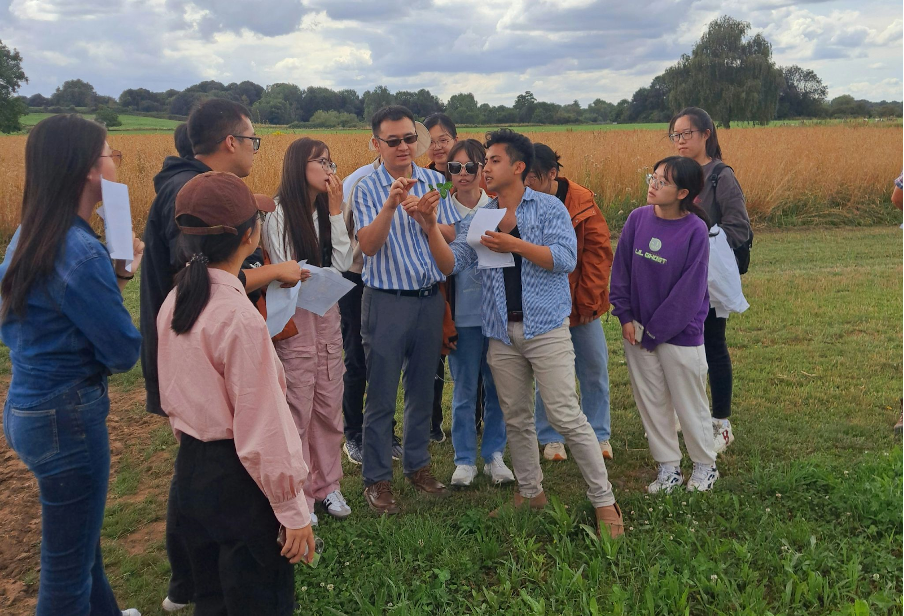Insights from Our Team: Enhancing Academic Communication Through Real Experiences
Insights from Our Team: Enhancing Academic Communication Through Real Experiences
In today's academic world, the way we communicate can significantly influence our professional growth and opportunities. Recently, one of our team members, Raniel Valencia, Doctoral Researcher at the University of Reading, had the chance to explore different facets of academic communication through his own experiences. His story shed light on personal challenges, triumphs, and the nuanced nature of engaging with academic peers. In this blog, we share Raniel’s experiences to offer a glimpse into the real-world application of academic communication.
Sharing the communication story by Raniel ValenciaLast July, Raniel had the opportunity to engage with students from the China Agricultural University (CAU) during their summer school visit to the University of Reading. As a PhD student, Raniel presented his research on the benefits of diverse forage mixtures in crop rotation, with a particular focus on the "legacy effect" — how these mixtures can influence the productivity of subsequent crops.

Raniel talking to the students from the China Agricultural University.
His presentation delved into the intriguing differences between monocultures and multispecies mixtures, showcasing some preliminary results that highlighted the potential for improved crop outcomes. Raniel’s talk not only provided valuable insights into his research but also sparked vibrant discussions among the visiting students, making it a rewarding experience for both him and his audience.
Raniel reflected on this journey, “Since the students from CAU came from different fields, multispecies pasture was new to them. After the presentation, and during our field visit, they showed a lot of interest and asked many questions during the tour. They also had a great time identifying the different species of forage in the field, especially the clovers. I pointed out the distinct characteristics of white and red clover: the ‘white teeth-like’ edges on the leaves of white clover, and the ‘hairy red’ features of red clover.”

The “teeth-like” edges on leaves of white clover (left) and the “hairy red” features of red clover (right). Pictures taken by Meret Kaspereit.
Drawn from Raniel’s experiences, here are some strategies for effective academic communication:
1. Know Your Audience:Design your communication to the audience's level of expertise and interests to ensure the audience is engaged.
2. Practice and Prepare:Whether presenting or writing, thorough preparation and practice can help convey your ideas more clearly and confidently.
3. Embrace Feedback:Be open to questions and feedback, regarding them as opportunities to refine and enhance your communication.
As we reflect on Raniel's experiences, it’s clear that academic communication is more than just a skill — it's an evolving practice that benefits greatly from real-world experiences and continuous learning. Each presentation and collaborative project offers a chance to grow and improve. By applying these insights and strategies, we can all enhance our engagement with the academic community, turning each interaction into an opportunity for greater understanding and connection.
Thank you for joining us in exploring the valuable experience. Stay tuned for more updates and stories from our team as we continue to navigate the exciting world of academia.
Written and edited by Die Hu, Ellen Baekelmans, and Sophia Philadelphi